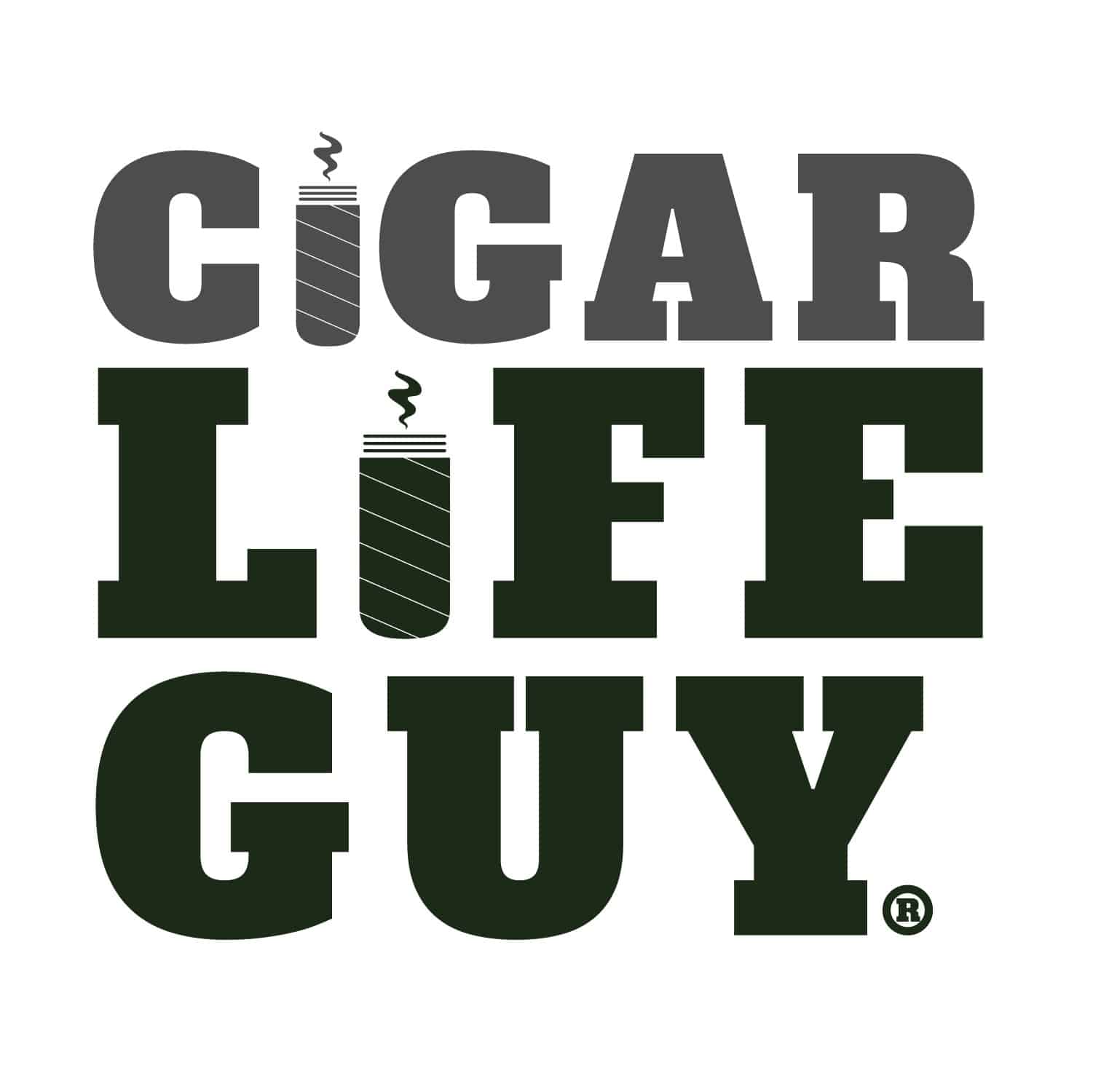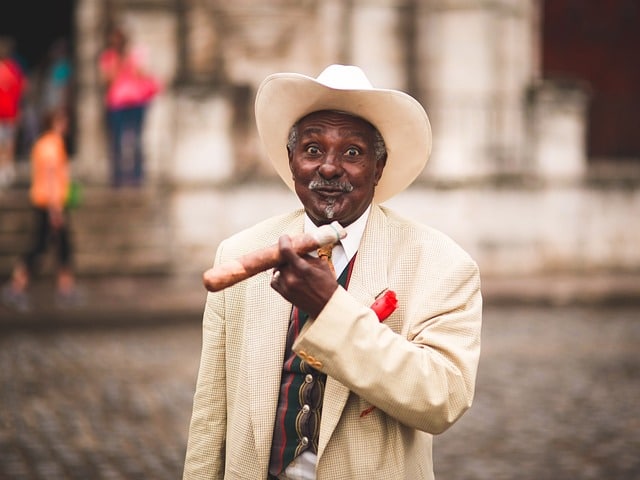Can you imagine what it was like to smoke the first stick in the history of cigars? Not one of the crude creations of rolled tobacco burned by ancient Mayans in Central America. The first actual cigar. A cigar brimming with rich Cuban tobacco. A cigar meticulously cultivated and wrapped with care in fragrant tobacco leaves.
The first actual cigar ever smoked may well have been on the bow of a ship heading back to Europe after a trip to the New World. Then, with one spark of a match came the first puff of one of life’s greatest pleasures. Sit back in your chair and put your legs up. Then, fire up your next stick and take a moment to appreciate where those delicate, packed leaves came from. Consider also how many years it took to craft the ideal cigar.
A Brief History of Cigars
It was October 12, 1492. Two men who sailed with Christopher Columbus came upon Cubans smoking tobacco wrapped in plantain leaves. Columbus returned to Europe with his discovery. Thankfully, the Europeans devised a much better idea: use tobacco leaves as the wrapper.
Spain then commissioned many cigar factories in Cuba, and the cigar industry was born. This refinement of the cigar wrapper was the turning point preceding the cigars we know and love today. But the world would still have to wait for the creation of the finest sticks.
Around 1640, the first U.S. high-quality tobacco for cigars was grown in Windsor, Connecticut. But America had to wait another 122 years for the finest tobacco seeds to arrive from Cuba. Finally, thanks to the never-ending conflicts between Spain and England, an English officer found himself in Havana during a siege.
When the siege ended, the first Cuban cigar smuggler brought home roughly 30,000 cigars. That was enough seed to start growing in a new climate. Tobacco’s popularity soared throughout Europe and the colonies. They all demanded one thing: Havanas.
In 1804, Cuba imported over a million pounds of American leaf for use as a wrapper, much of it from Connecticut. Next, the United States began importing Cuban tobacco. Then, production ramped up as iconic brands like Montecristo, Hoyo de Monterrey, and Partagas came into existence. Finally, as Spanish conflicts continued to rage across Cuba, cigar operations started to shift.
In 1868 during the Ten Year’s War, operations moved from Havana to Key West. And in 1885, operations moved again, this time to the Tampa area. As others followed the migration, Tampa gained the name “Cigar City.” By 1890, there were an estimated 3,500 cigar factories in the U.S. In 1920, an estimated eight billion cigars were packed, rolled, and enjoyed.
Castro and the Embargo
Fast forward to 1959. Fidel Castro nationalized the cigar industry in Cuba. By 1961, the Cohiba brand was born, a cigar meant only for Castro and VIPs. But an American embargo on Cuban products shook the industry. It wasn’t until the 1990s that the new cigar boom took place. Cigar Aficionado launched in 1992, and the cigar lifestyle was reborn.
Today, standards have never been higher, and the quality of cigars is more robust than ever. It’s wistful to imagine smoking the first cigar on the bow of a great ship. But there has never been a better time than the present to fire up the latest creation in the history of cigars.
Photo credit: Pixabay | 16692474


